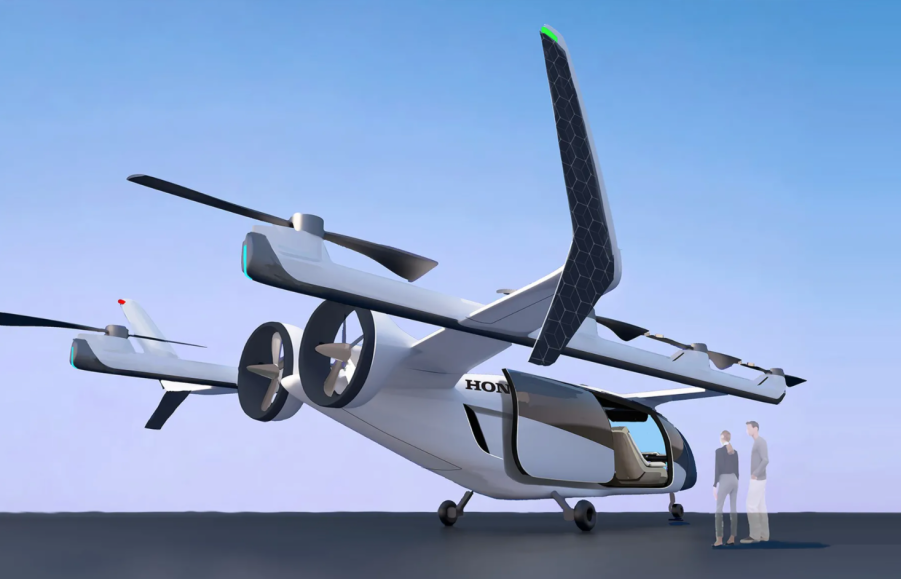
Honda Wants to be Go-To Rockets, Robots, Flying Cars Maker
Honda is looking at the future in more ways than one. You get the sense that there can’t be all of these manufacturers making electric cars and trucks in 20 years. So why not venture out a bit beyond 2040 now, to prepare for future demands that may not involve your current core product? That’s what Honda is doing.
Honda is committing $45 billion in technologies only somewhat related to its core product

It will invest $45 billion over the next six years in developing technologies related to robots, rockets, and flying cars. Honda says it isn’t that much of a stretch to go in this direction. That’s because it looks at these new technologies as an extension of what it does now.
Honda says it wants to see how these technologies shake out before pursuing specific projects or vehicles. “Core technologies in these areas are connected to our existing businesses,” said Honda corporate communications head Marcos Frommer to a group of reporters. “We are pursuing these new areas as an expansion of our core business as a mobility company.”
Honda is already looking at starting a commercial taxi service by 2030. Over the next few years, it will obtain regulatory certification and then launch the service. The eVTOL sector is also of interest to Toyota, Hyundai, GM, and several other companies.
Honda is looking at gas turbines for eVTOL flight

Running alongside the eVTOL development is powering aircraft with gas turbines combined with electric motors. It wants to help achieve a range of 250 miles between fill- and charge-ups. In the process, it might find applications to its current vehicles.
Then there are robots. More specifically, Honda wants to develop “multi-fingered hands.” It wants to tie this into virtual reality visors so that it and a glove that is connected to the robotic hand can maneuver the hand. Honda has already lead the way with Asimo. It was the first robot constructed that could walk on two legs.
It sees robots as a way for businesses to have employees attend meetings virtually. The robots could even interact with physical objects. This way the employee could be anywhere without having to physically attend a meeting across the country.
The automaker has been invested in rocket technology since 2019

And finally, there are rockets. Honda wants to continue working on several different aspects of reusable rockets. It has been developing its rocket program since 2019. “If we can use such rockets to launch small low orbit satellites, we can expect to evolve our core technologies into various services, including connected services,” Frommer said.
Honda has committed to stopping internal combustion production by 2040. That means its future, and the future of the automobile industry, are in a state of flux. What has been a constant; the production of ICE engines, is on the way out, leaving Honda looking to open new vistas that still tie into its ICe legacy.
We are seeing other companies expanding what being a manufacturer is about. It’s no longer about making cars. It’s about producing compelling products, be they robots, flying cars, or rockets.



